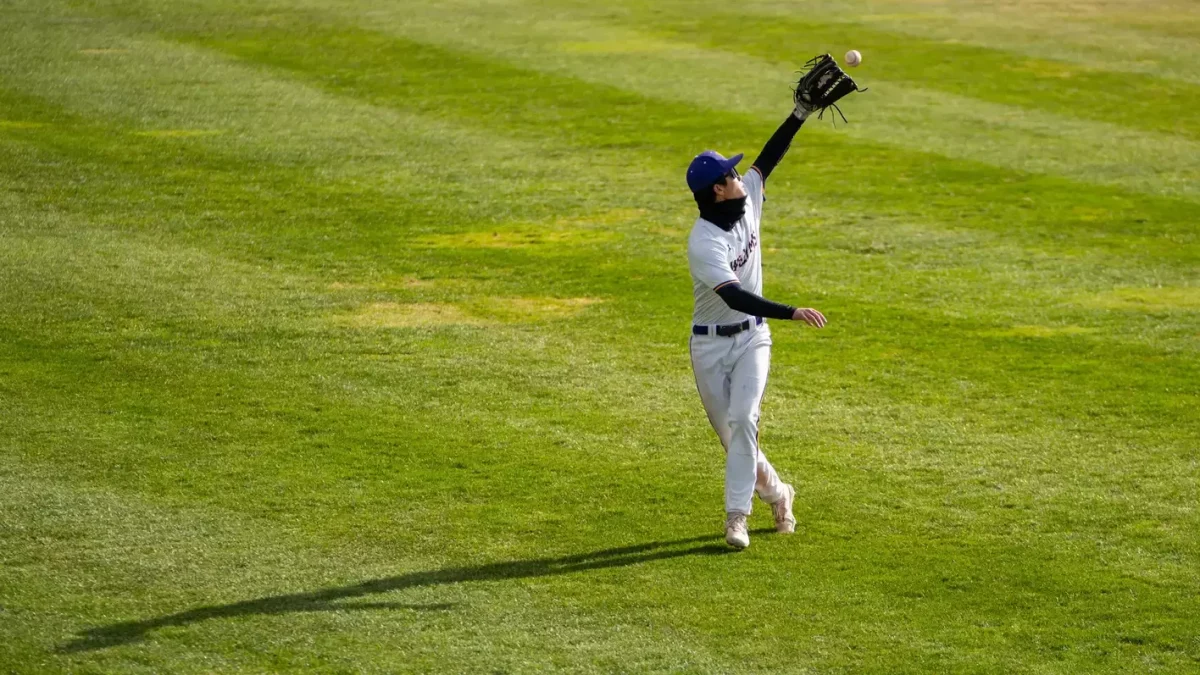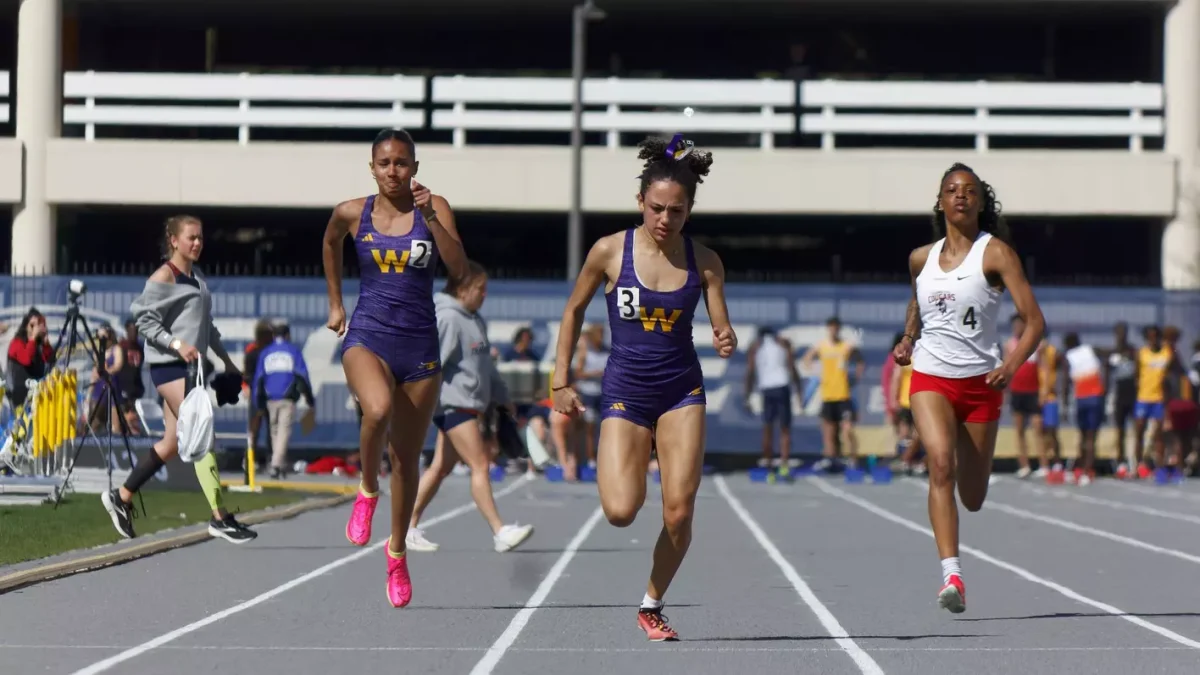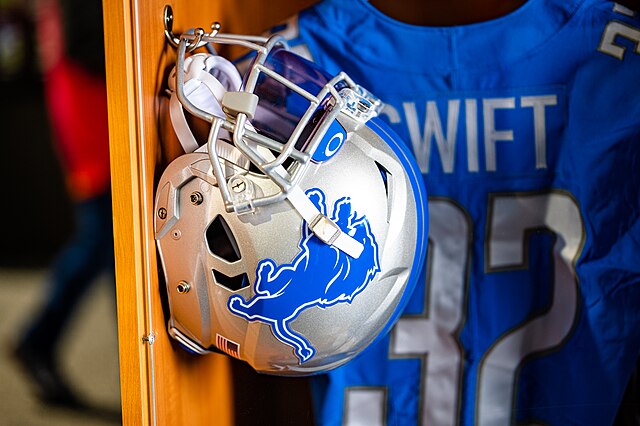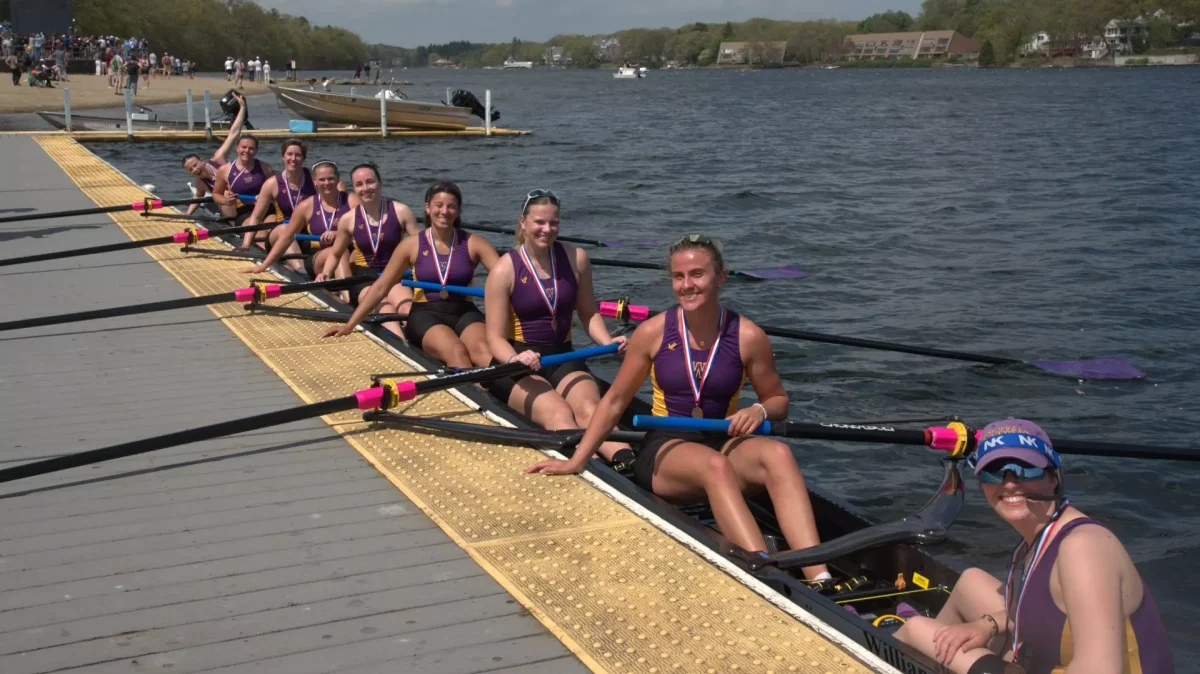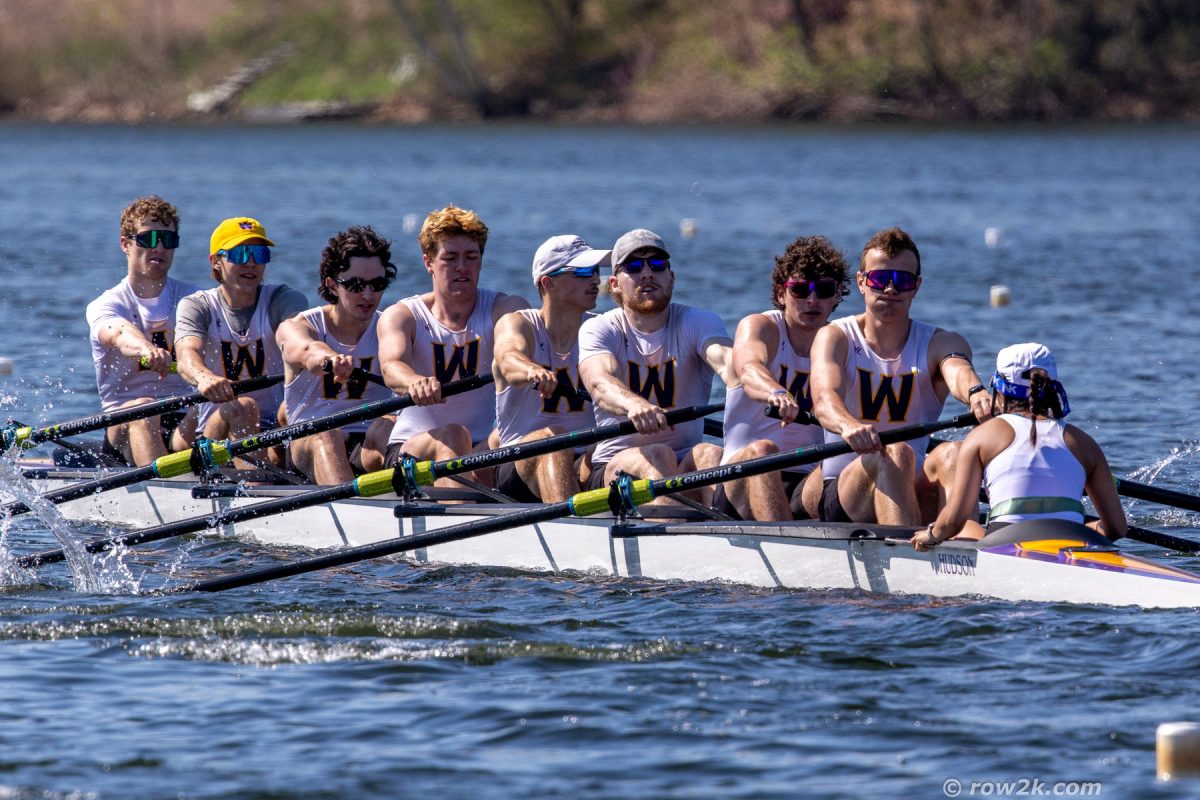
When you think of a librarian, the descriptors helpful, soft spoken and elusive come to mind. All of these words certainly describe former Head Librarian David Pilachowski. Unbeknownst to most students, however, Pilachowski feels just as much at home on an ice rink as he does in the stacks of Sawyer.
Pilachowski first signed on as the men’s ice hockey team’s faculty advisor eight years ago as part of the Faculty Affiliate Program. Launched in the early 2000s, the program was modeled after a similar program at Princeton University. It aims to foster connections between faculty and sports teams to bridge the divide between academics and athletics at the College.
“It was less driven by the administration as a necessity, but by the [athletics] department as a good way to connect our coaches, professors and student-athletes,” program director Dan Greenberg ’08 said.
Promoting faculty involvement in student-athlete wellbeing has been a popular objective throughout colleges in the US. The NCAA has run the Faculty Athletics Representative (FAR) program since the 1980s and has found a positive association between faculty involvement and student-athlete wellbeing. According to a report released by the NCAA in 2011, schools with FARs reported an effective decrease of both “social cliques” on campus and student-athlete misconduct.
FARs are required on every campus under NCAA jurisdiction, with faculty representatives usually chosen directly by campus presidents or elected by the faculty body. There is, however, a notable difference between FAR — a required, assigned position enforced by the NCAA — and the Faculty Affiliate Program at the College.
“[The program] is much more organic than a rigid requirement,” said Assistant Professor of Physical Education and Associate Director for Student Athlete Services Carolyn Miles. “It’s not something one must do or a service; it’s volunteerism where people willingly devote time to do this wonderful thing.”
Indeed, most faculty members participate in the program as volunteers. “Usually the professor has some connection to the sport itself,” Miles said. “Either they are a fan, or they have played it in college, or their kid plays it, so there is knowledge of the sport for the most part.”
Pilachowski is one such example. A hockey player back in college, he remained an avid fan of the sport after graduation and occasionally played pick-up hockey at the Chapman Rink. When the opportunity to volunteer as a faculty advisor for the hockey team appeared, he gladly took it.
Two figures were particularly important in the creation of the program: Chair of Psychology Noah Sandstrom and former women’s tennis coach Alison Swain. Sandstrom, who served as the faculty advisor for the women’s basketball team alongside his wife, Dean of the College Marlene Sandstrom, said he found it to be a fulfilling experience. In his case, personal connections with his students in classrooms expanded into a connection with the entire team on the court.
“During the 2013-2014 season, the team had quite a few psychology majors that we had had in various courses and knew quite well,” Sandstrom said. “They encouraged us to join as affiliates and we were happy to do so. It was a wonderful opportunity to support these women outside the classroom.”
For Pilachowski, his passion for the sport drew him to know the players better. “While I had attended some of the team’s games, I didn’t know the team members or the values or culture of the team,” he said. “Coach Kangas arranged for me to meet with the two senior captains for coffee.” It was at this coffee meeting that Pilachowski first gained a deeper insight into the team that he would grow to love and be proud of. When he learned of the team’s involvement in the Team IMPACT project — through which a child battling illness becomes an official member of a college athletic team, attending practices, games and team dinners — he decided that this is the kind of team that he would like to be a part of.
Regardless of why they joined the team, all faculty advisors hoped to connect with students in a new light and to connect students to new resources.
“I think sometimes there’s the ‘What exactly is a faculty affiliate supposed to do?’ question, but the answer is whatever promotes the student-athlete experience, as well as whatever works for the coaches and professors, who often learn a lot from each other about teaching/coaching Williams students,” Greenberg said. “Because teams, coaches and professors teamed up organically, everyone was able to define their own relationship in a way that made sense for them. … Some professors are super involved and superfans, and others are just a familiar name and face in the faculty that student-athletes or coaches can reach out to if academic questions come up.”
The faculty members’ freedom to self-define the role they want to play on the team led to a broad spectrum of involvement. Some advisors never meet the team and are only faculty affiliates by name. Others, however, take part in team bonding and traditions. Miles, the swimming and diving teams’ affiliate, has the annual tradition of eating a home-cooked dinner with the team before Nationals.
The Sandstroms did the same with women’s basketball team. “We were faithful fans and had the team over for dinner,” Noah Sandstrom said. “In addition, all the faculty affiliates and coaches periodically gathered for lunch and discussion of topics at the interface of athletics and academics.”
For him, traveling along with the team to big away games has also been a good way to show support. “The highlight of that season was joining the team for the NCAA Div. III Final Four in Michigan where they beat Amherst,” he reflected. “That was a really special season in the history of the program, and I enjoyed meeting the parents and families of the players.”
There are still other ways to get involved aside from dinners and traveling. In his eight-year span as faculty advisor, Pilachowski’s role has evolved. Aside from attending practices and games, he took increasing initiative in reaching out to players, especially first-year athletes.
“After being with the team for a few years, I thought it would be helpful for the first-year players and for me to have an informal group meeting early in the fall semester,” he said. “I introduced myself and asked the first-years and the captains, who also attended the meetings in my office in Sawyer Library, a few questions about themselves. That session has continued each year since.”
Regardless of the difference in age, experience and perspective, Pilachowski had forged a connection with younger student-athletes who needed guidance, according to Kangas. “He built confidence within [the team],” Kangas said. “They now have the confidence to connect with everyone on campus and with academic resources. [He] would refer students to professors who might not know them and make connections for them that way.”
For Pilachowski, the job simply means getting to know students and making new friends. On a larger scale, however, his effort is a part of a force that creates a unified college experience for faculty, coaches and student athletes alike — the original mission of the Faculty Affiliate Program.
“This is what community building is about,” Kangas said. “It’s a different kind of connection — you see your kids doing what they are passionate about, what they love, you meet their parents, you eat together at team dinners, you see them in a different light. And that is life.”



